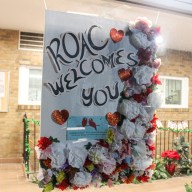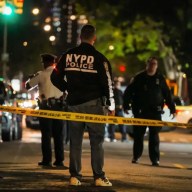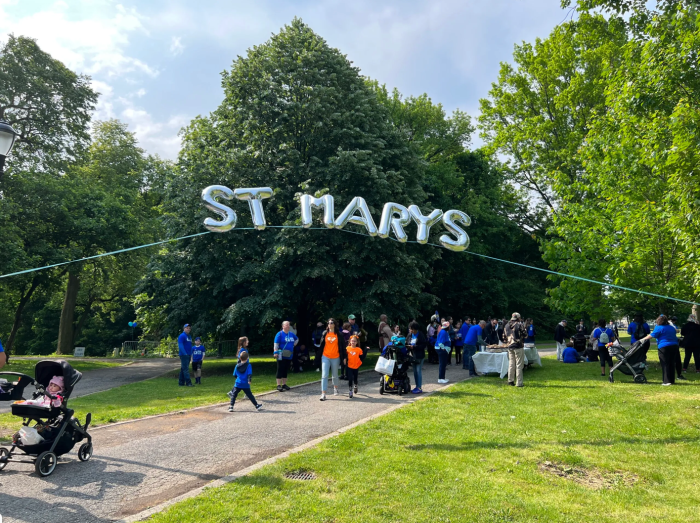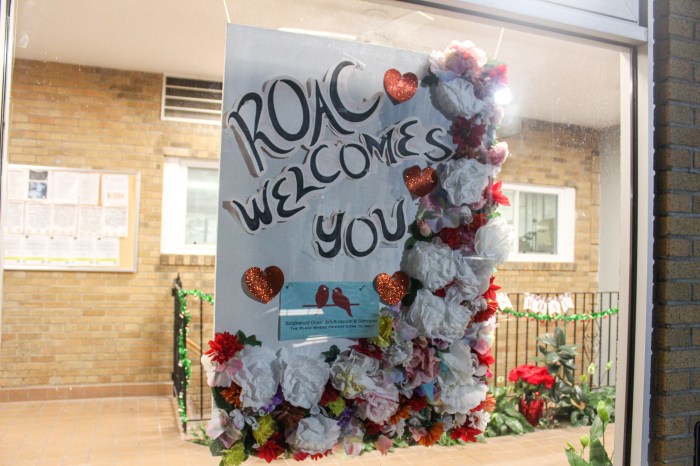By Philip Newman
City Councilman James Sanders Jr. (D-Laurelton) may have spoken for thousands of other citizens throughout Queens when he said “it’s hell trying to hail a taxicab in the Rockaways.”
Sanders, whose council district includes the Rockaways, made his observation at a public hearing last week to discuss the problem of taxi scarcity not only in the Rockaways but everywhere outside Manhattan.
Council Transportation Committee Chairman John Liu (D-Flushing) called the hearing on proposed legislation to authorize licensed livery cabs to legally pick up passengers at designated cab stands without prior order in places where taxis are nowhere to be hailed.
The problem is that it is illegal in New York City for livery cabs to pick up people who hail them on the street. Yellow cabs have the exclusive right to perform that service. Currently, livery cabs may legally accept only those passengers who have ordered transportation by telephone or other prior arrangement.
Opponents of the legislation told the City Hall hearing such a law could bring all sorts of new problems and would be all but impossible to enforce. Nearly all those who opposed it said Intro. 267, which is aimed at providing more taxi service for the outer boroughs, was unacceptable without heavy revisions.
Liu said he realized that Yellow cab drivers naturally go where they can make a profit, but that a way must be found to balance a free market with the service deserved by those who live in boroughs outside Manhattan.
“Every New Yorker should be able to obtain taxicab service on-demand. Nevertheless, this is not a reality,” the legislation reads.
Commissioner Matthew Daus of the Taxi and Limousine Commission said some taxi stands exist for yellow cabs in his home borough of Brooklyn but agreed that such cabs were scarce and a need exists for alternative transportation.
“However, these proposed livery cab stands would draw all sorts of illegal cars,” Daus said. “That is, unless they were policed every morning and evening rush hour.”
Daus estimated such enforcement might cost $2.5 million a year.
Councilwoman Helen Sears (D-Jackson Heights) asked whether more noise and congestion in neighborhoods would result from new cab stands even if the system worked.
“My district is already becoming a second Manhattan,” Sears said. Councilman Joseph Addabbo (D-Howard Beach) is also on the committee.
A number of the opponents of the measure fear that many of the estimated 40,000 livery cabs, overwhelmingly owned by individuals, are underinsured and of questionable safety.
Michael Levine, who operates a 232-medallion yellow cab company and two livery companies in Brooklyn and Long Island City, said the livery stands would help at high-density points such as Queens Boulevard, Rego Park and other areas. But he asked “how do people get from their homes to these places?”
Levine also pointed to the radically different standards for yellow cabs and livery vehicles.
“I can legally register a 1972 Nissan Stanza as a livery vehicle,” Levine said. “Vehicles that we remove from yellow medallion fleets because they no longer qualify as medallion taxicabs are sold to used car dealers who resell them to car services in outer boroughs.
“If these cars are not new enough or safe enough to pick up Manhattanites when they raise their hands, why should they be acceptable to residents of the outer boroughs at the new (taxi) stands?”
Eugene Pero, president of the Livery Owners Coalition of New York, expressed “complete and total” opposition to the proposal.
“As with vans, many livery operators are known to perform illegal street hails. Instead of pursuing these operators and punishing them, the City Council would reward them at the expense of the legal, taxpaying (livery cab) industry,”
Peter O'Donnell, Shane Moynagh and Thomas J. Mann, all of Woodside, complained that even without any taxi stand, livery cars had nearly taken over their commercial neighborhood on 61st Street in Woodside.
“They take up all the metered parking spots practically 24 hours a day,” said Moynagh, who operates a bakery. “Leaving nowhere for our customers to park, not to mention the air pollution from exhaust as result of all the idling engines.”






























